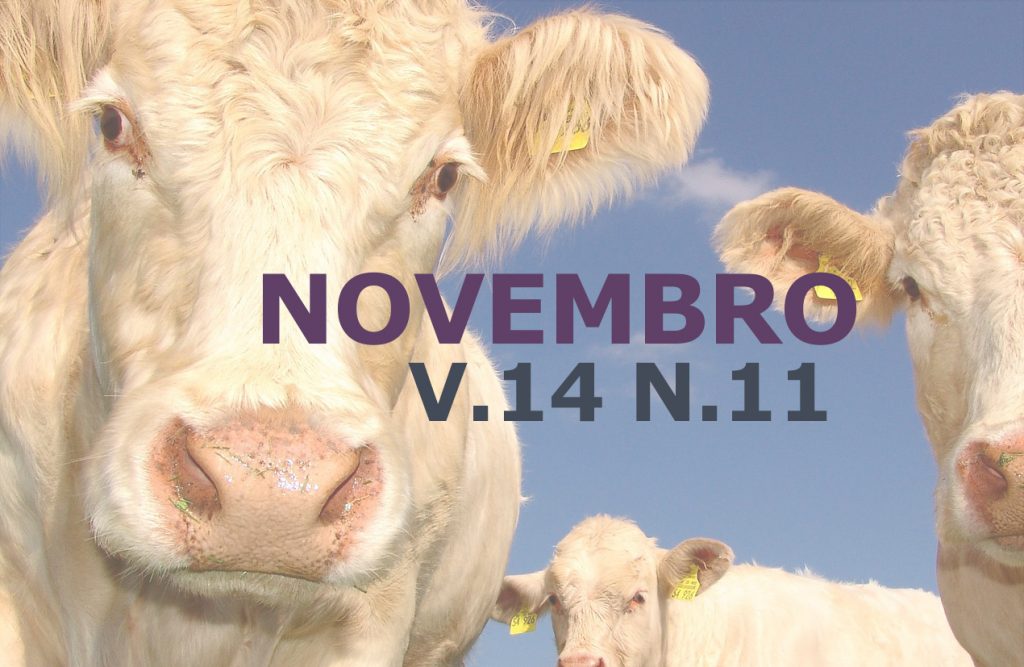Tibial osteosynthesis with type II external skeletal fixator in a goat
DOI:
https://doi.org/10.31533/pubvet.v14n11a696.1-7Keywords:
goat, fracture, orthopedics, post-surgicalAbstract
This study aimed to report the case of a goat with a transverse tibial fracture submitted to osteosynthesis with type II external skeletal fixator. A goat was seen at the Veterinary Hospital Adílio Santos de Azevedo of the IFPB on the Sousa - Paraíba campus, complaining of lameness of the left pelvic limb, and a transverse closed fracture in the middle third of the tibia was diagnosed. External immobilization of the limb with plaster was performed, but there was no improvement, requiring osteosynthesis with the use of type II external skeletal fixator. The limb support of the operated limb was observed the day after the surgery. The skin stitches were removed thirteen days after the surgical procedure, as the wound was healed and unchanged. The animal was hospitalized during the first 25 days after surgery, after which the animal was sent back to the property with the recommendation of cleaning the external skeletal fixator every two days and isolating the animal until removal. Sixty-eight days after the surgical procedure, the animal was without supporting the limb, with purulent secretion draining through the pins path and a penetrating wound in the lateral region of the pelvic limb, looseness of the pins, and pain on manipulation. Radiographic examination revealed bone lysis along the pins' path. The implant was removed and medication with antibiotics and analgesics was prescribed. After twenty days of this last visit, the animal returned to the HV with the wounds healed, without pain on palpation and intermittent support of the limb, and may also observe a deviation at the fracture site due to bad bone union. It is concluded that despite the post-surgical complications, the animal recovered of the fracture with the use of a type II external skeletal fixator because even though there was no continuity of adequate post-surgical management, there was a clinical union of the fracture.
Downloads
Published
Issue
Section
License
Copyright (c) 2020 Luan Aragão Rodrigues, Ana Lucélia de Araújo, Ana Luísa Alves Marques Probo, Jorge Domigos da Silva Lima, Gerôncio Sucupira Júnior, Fabrícia Geovânia Fernandes Filgueira, Rodrigo Formiga Leite

This work is licensed under a Creative Commons Attribution 4.0 International License.
Você tem o direito de:
Compartilhar — copiar e redistribuir o material em qualquer suporte ou formato
Adaptar — remixar, transformar, e criar a partir do material para qualquer fim, mesmo que comercial.
O licenciante não pode revogar estes direitos desde que você respeite os termos da licença. De acordo com os termos seguintes:
Atribuição
— Você deve dar o crédito apropriado, prover um link para a licença e indicar se mudanças foram feitas. Você deve fazê-lo em qualquer circunstância razoável, mas de nenhuma maneira que sugira que o licenciante apoia você ou o seu uso. Sem restrições adicionais
— Você não pode aplicar termos jurídicos ou medidas de caráter tecnológico que restrinjam legalmente outros de fazerem algo que a licença permita.





